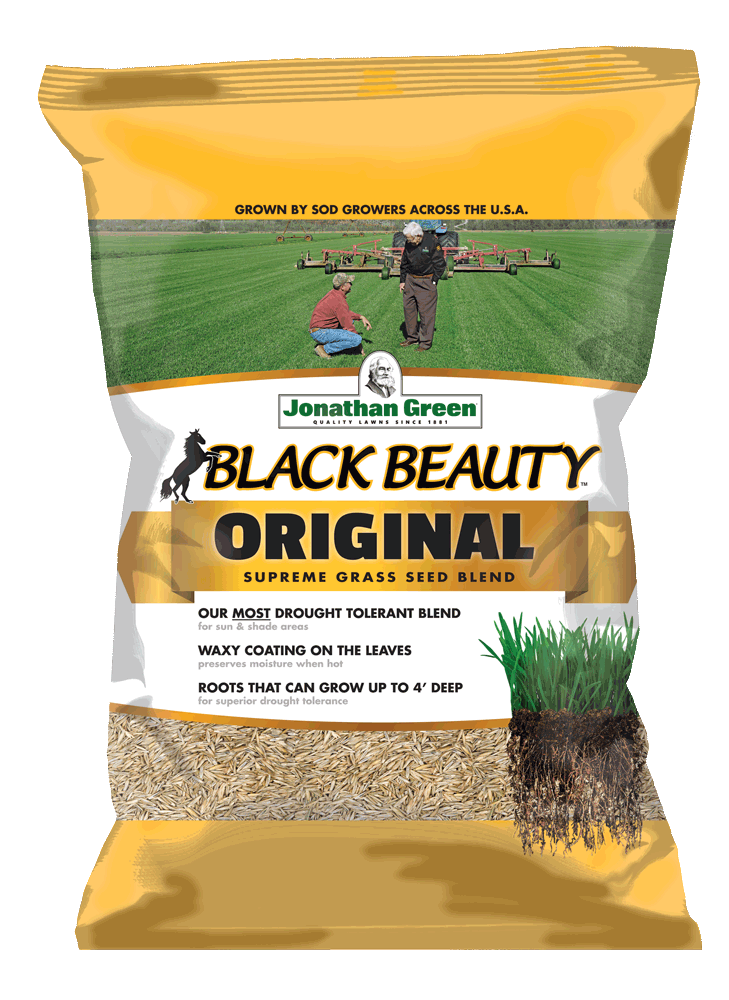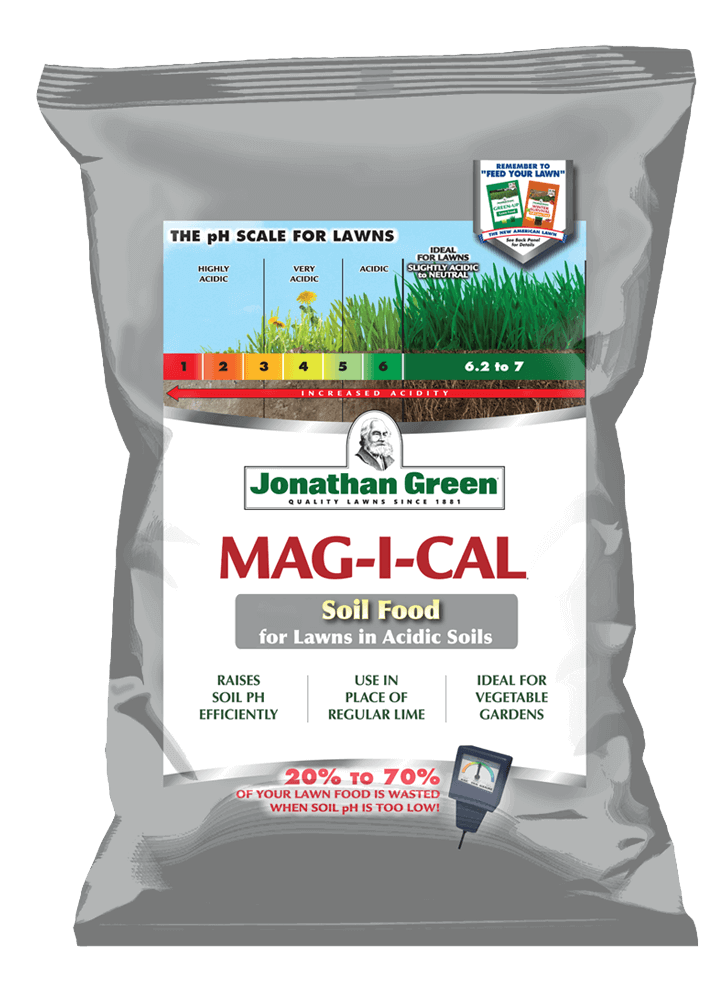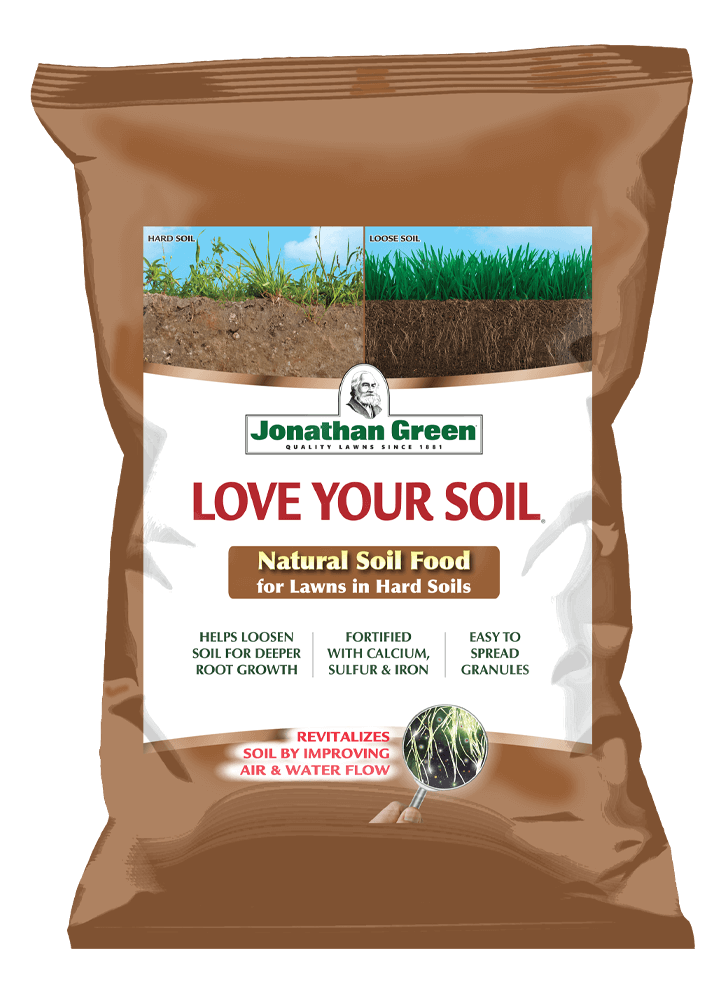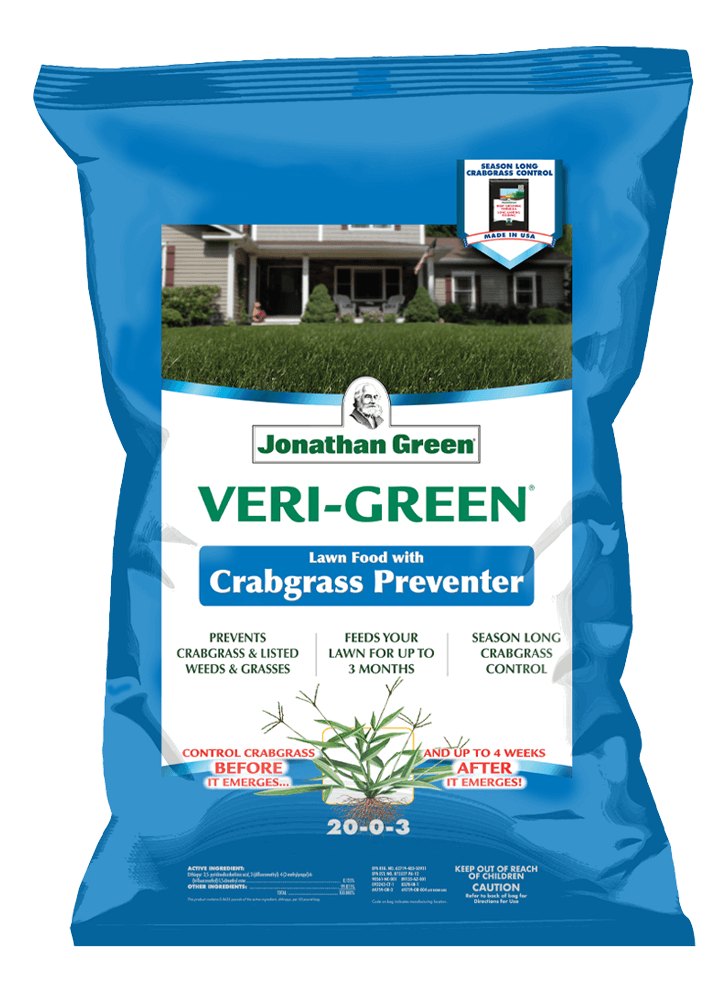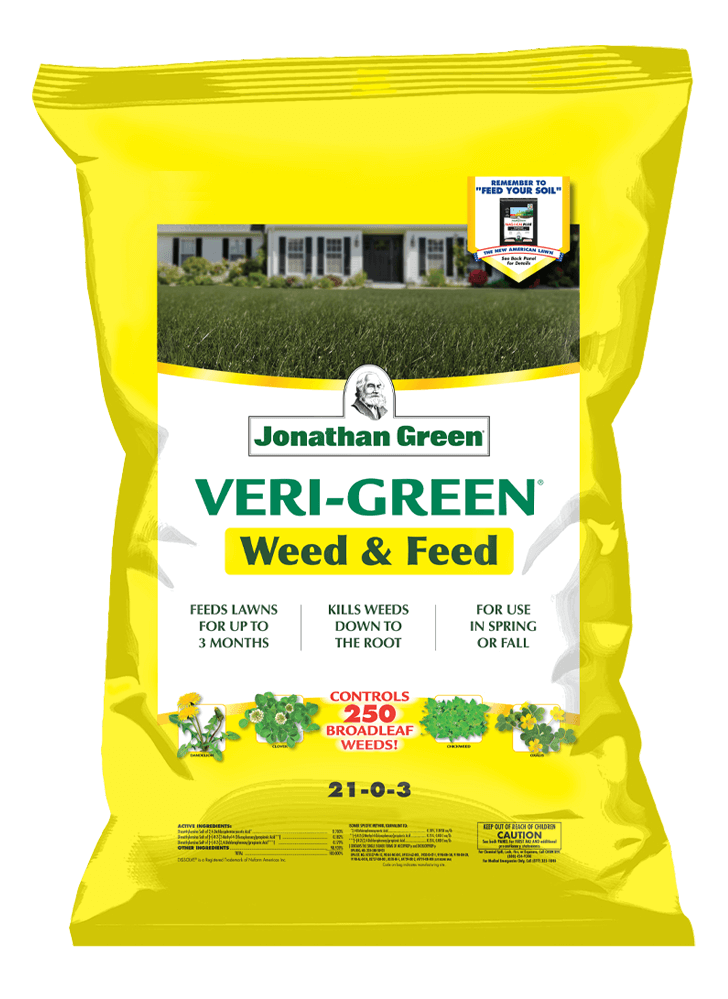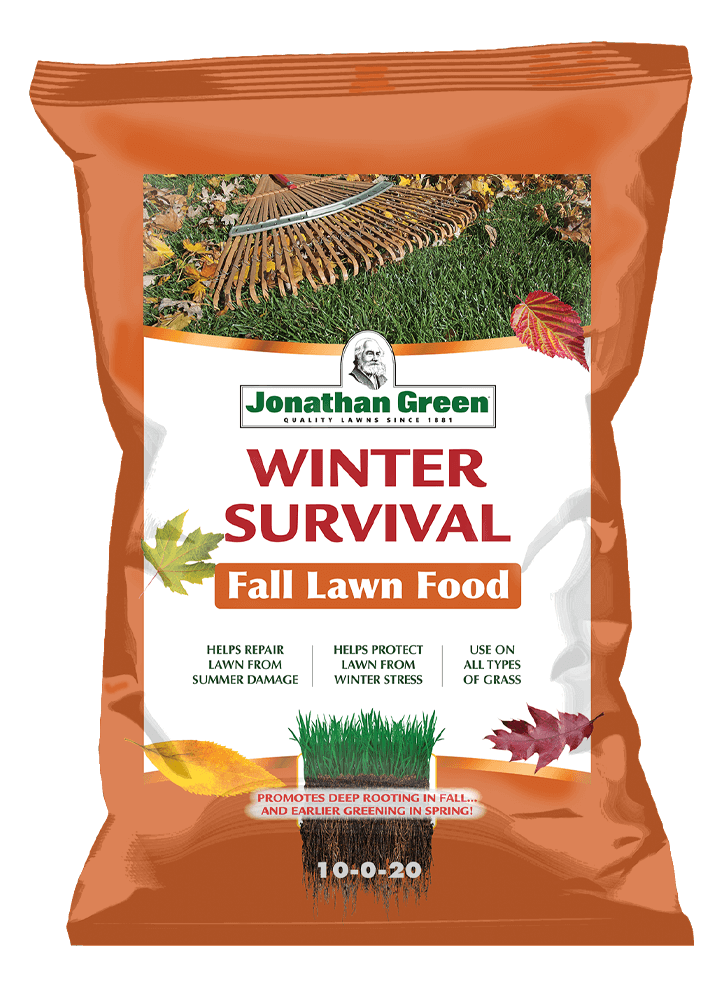Grass seed can be very temperamental, so asking if frost can kill grass seed is a very good question. The easy answer is that frost will not kill grass seed, but that does not mean that you should plant grass seeds when there is danger of frost. While the seeds will survive until the next growing season, any seeds that sprout into seedlings will not. If you want to preserve your seeds and have them grow into a healthy lawn, proper timing, preparation and care are essential.
Proper Timing
For cool season grasses like Black Beauty® Original Grass Seed plan to plant in March to mid-June or from August to October. These two growing seasons ensure that the soil will not be too hot or too cold for proper germination of the seeds. You should make sure you plant at least 45 days before the first expected frost. This will allow the seedlings to grow strong enough to withstand any frost that comes throughout the winter.
Preparation
A good lawn is only as good as it’s soil. At Jonathan Green we have put more than a century of research into what makes a great lawn, and we have discovered that the key is preparation of the soil. The soil needs to have the right pH, proper aeration and activated microbes. To that end we have a range of products designed to feed not just your lawn but your soil. For proper seed germination, the pH of the soil should be between 6.2 and 7.0. If the pH tests higher, it means it is alkaline and if it tests lower then it is acidic. To correct the pH of the soil, we have developed Mag-I-Cal® for Lawns in Acidic Soil. With options for both alkaline and acidic soils, our MAG-I-CAL formula will adjust the pH to the correct level and can be applied immediately before seeding. For proper aeration and activation of microbes, there is Love Your Soil®. This product works to loosen the soil so that it easily breaks up and allows for root growth. It also activates the microbes in the soil so the nutrients are easier for the roots to absorb. The easier the nutrients are to absorb the better fed the grass and the healthier and heartier it will be. Once the soil has been treated, it is important to rake the grass to remove any dead grass or debris that might impede seed growth. Finally, the seed can be put down with a seed spreader. The seed will germinate in about 14 days.
Care
For a healthy lawn, year-round care is essential. At Jonathan Green we have a New American Lawn application schedule that includes our best weed and feed products. In early spring try our Veri-Green Crabgrass Preventer plus Lawn Fertilizer. This will not only treat existing crabgrass but prevent new crabgrass from growing. In late spring it is important to keep treating for weeds with Veri-Green Weed & Feed Lawn Fertilizer. This gives your lawn a healthy green color while treating any weeds that might sprout up in the spring. In Summer, MAG-I-CAL treats the pH of the soil to make it the optimum level for new grass growth. Then in fall, Winter Survival Fall Lawn Fertilizer helps your grass survive the harsh winter conditions. For more tips about preventing frost from killing your grass seed and how to properly care for your lawn, visit us at Jonathan Green online or take a trip to your local retailer.
